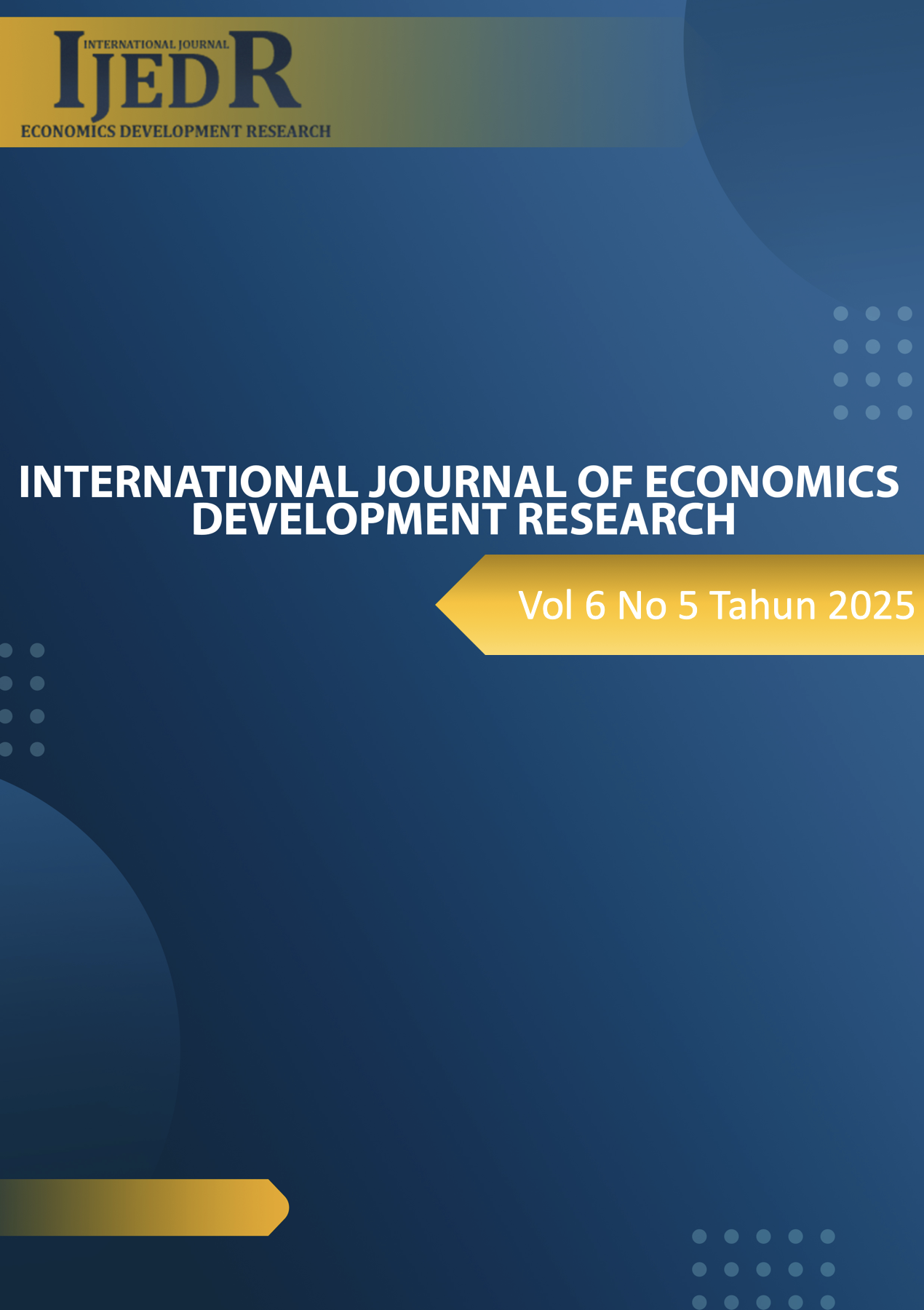Strategic Masterplan for Enhancing Oil Production at the Angsana Field
DOI:
https://doi.org/10.37385/ijedr.v6i6.8628Keywords:
Production optimization, Monte Carlo simulation, Well work strategies, Well work technologyAbstract
Angsana Field, one of the major oil and gas fields in Indonesia that is operated by PT TerraNova, has received a national production target from the Ministry of Energy and Mineral Resources to produce up to 108 thousand Barrels Oil Per Day (BOPD) Annual Average (AA) in 2025. This production target proves ambitious, given that the base production from the Angsana Field is only expected to reach around 100 thousand BOPD AA. To bridge the gap of 8 thousand BOPD AA, TerraNova intends to implement a comprehensive production optimization strategy, focused on well work.
In the oil and gas industry, the potential oil gain from the well work strategies is usually evaluated using a deterministic approach via reservoir simulation model. However, this method has its own disadvantage of not fully reflecting the complexity of the actual implementation and uncertainty from subsurface aspect. In this study, the integration of deterministic analysis and Monte Carlo simulation are used to provide a more robust analysis on the potential oil gains from well work strategies. Operations management aspect is also considered to create a realistic strategy that aligns with the company’s objective. The results from the analysis indicate that the 8 thousand BOPD AA gap is highly likely to be achieved by prioritizing Type-C well work technology early in the second quarter 2025.
References
Angsana Field, one of the major oil and gas fields in Indonesia that is operated by PT TerraNova, has received a national production target from the Ministry of Energy and Mineral Resources to produce up to 108 thousand Barrels Oil Per Day (BOPD) Annual Average (AA) in 2025. This production target proves ambitious, given that the base production from the Angsana Field is only expected to reach around 100 thousand BOPD AA. To bridge the gap of 8 thousand BOPD AA, TerraNova intends to implement a comprehensive production optimization strategy, focused on well work. In the oil and gas industry, the potential oil gain from the well work strategies is usually evaluated using a deterministic approach via reservoir simulation model. However, this method has its own disadvantage of not fully reflecting the complexity of the actual implementation and uncertainty from subsurface aspect. In this study, the integration of deterministic analysis and Monte Carlo simulation are used to provide a more robust analysis on the potential oil gains from well work strategies. Operations management aspect is also considered to create a realistic strategy that aligns with the company’s objective. The results from the analysis indicate that the 8 thousand BOPD AA gap is highly likely to be achieved by prioritizing Type-C well work technology early in the second quarter 2025.





